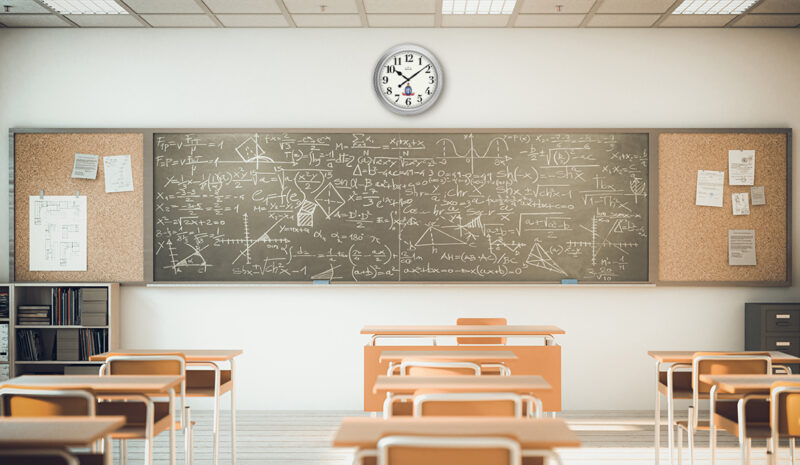
Registration Opens for SAF 2025: International STEAM Azerbaijan Festival Welcomes Global Youth
The International STEAM Azerbaijan Festival (SAF) has officially opened registration for its 2025 edition!

Starting in September 2026, Estonian schools will move the start of the school day from around 8 a.m. to 9 a.m. This change comes after the government approved a new national regulation on the school learning environment, which combines several previous rules into a single, streamlined framework. The update aims to reduce administrative burdens while placing greater emphasis on students’ health and well-being, given that research shows a later start better aligns with adolescents’ natural sleep cycles and developmental needs, helping to improve concentration and overall academic performance.
Ahead of the new school day start time, several other important changes will take effect from autumn 2025:
Although the standard start time is shifting to 9 a.m., individual schools retain the flexibility to set alternative or staggered schedules in coordination with school boards and local authorities. This approach helps optimize transportation and reduces congestion during peak traffic hours in urban areas. In fact, numerous schools already begin lessons after 8 a.m., at times like 8:30, 8:45, or 9:00 (Eurydice).
Before finalizing the new regulations, some school principals expressed concerns about the detailed rules, particularly regarding the costs and practical challenges of implementation. They argued that excessive regulation risked limiting schools’ ability to manage their own facilities effectively and called for granting schools greater autonomy and flexibility. Principals emphasized the importance of balancing safety and quality improvements with practical realities, warning that overly strict rules could create unnecessary administrative burdens and financial strain on schools (ERR).
In response to these concerns, the updated regulation modernizes physical learning environment requirements by aligning them with current construction and design standards. Key changes include:
These updates aim to balance improved safety and quality with practical feasibility for schools (Eurydice).
These reforms highlight Estonia’s dedication to creating a safe, inclusive, and learner-focused school environment. The changes reflect Estonia’s commitment to supporting both educational outcomes and student well-being, while also reducing the administrative burden on schools and responding to the evolving conditions of learning and working environments.
Share

Registration Opens for SAF 2025: International STEAM Azerbaijan Festival Welcomes Global Youth
The International STEAM Azerbaijan Festival (SAF) has officially opened registration for its 2025 edition!

Join the Edu-live Internship Program!
Are you passionate about journalism, education, science, as well as global study and development opportunities? Do you want to be part of a dynamic media platform that brings educational and scientific news and stories to life from around the world?

Yer yürəsinin daxili nüvəsində struktur dəyişiklikləri aşkar edilib
bu nəzəriyyənin doğru olmadığı məlum olub. Seismik dalğalar vasitəsilə aparılan tədqiqatda daxili nüvənin səthindəki dəyişikliklərə dair qeyri-adi məlumatlar əldə edilib.

Young Leaders Union Conference 2025 in Paris (Fully Funded)
Join Global Changemakers in Paris! Fully Funded International Conference for Students, Professionals, and Social Leaders from All Nationalities and Fields

An mRNA cancer vaccine may offer long-term protection
A small clinical trial suggests the treatment could help keep pancreatic cancer from returning

Lester B Pearson Scholarship 2026 in Canada (Fully Funded)
Applications are now open for the Lester B Pearson Scholarship 2026 at the University of Toronto!